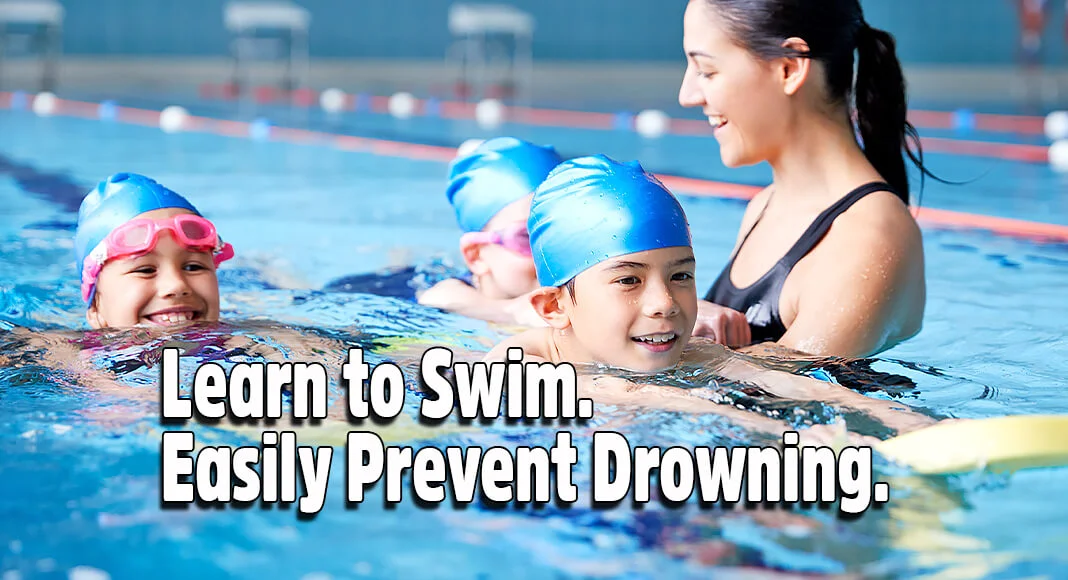
The rise in child drownings has become an increasingly significant public health concern, with numerous factors contributing to this disturbing trend. Despite advancements in safety protocols and increased awareness, the rates of child drownings continue to climb, underscoring the need for more robust preventative measures and active parental involvement.
One of the primary reasons for the increase in child drownings is the greater access to various water bodies. Urban expansion often includes more recreational water facilities, such as swimming pools, lakes, and water parks. This is especially true as the climate changes. Additionally, families frequently vacation near beaches, rivers, and lakes, which, while providing enjoyable experiences, also increase exposure to potential drowning hazards. These environments, without proper safety measures and supervision, can pose significant risks to children.
The lack of swimming skills among children is another critical factor contributing to the rise in drownings. Although swimming lessons are available, many children do not receive adequate training due to financial constraints, lack of access, or a general underestimation of their importance. The ability to swim is a crucial survival skill that can significantly reduce the risk of drowning in emergencies. Therefore, ensuring that children learn to swim should be a priority for parents and guardians.
Inadequate supervision is a significant issue in child drownings. Children, particularly younger ones, require constant and vigilant supervision when near water. Busy lifestyles, distractions from electronic devices, and a lack of awareness about the dangers of drowning can lead to lapses in supervision. It is important to understand that drownings can occur quickly and silently, often without any noticeable signs of struggle or distress. This means that even a momentary lapse in attention can result in a tragic incident.
Natural disasters and climate change also contribute to the rise in child drownings. Extreme weather events such as floods and hurricanes can create unexpected and dangerous water environments. Children are especially vulnerable in these situations due to their physical limitations and lack of experience. Communities affected by these disasters often lack the resources to implement immediate safety measures, further exacerbating the risk.
Important Steps Parents Need to Take
Given these contributing factors, it is crucial for parents to take proactive steps to safeguard their children from drowning risks. Here are several measures parents can implement to protect their children:
-
-
- Enroll Children in Swimming Lessons: Teach children to swim from an early age. It is one of the most effective ways to prevent drownings. Parents should prioritize swimming lessons, which can equip children with the skills needed to stay afloat and navigate water safely.
- Provide Constant Supervision: Parents must ensure constant and close supervision of their children when they are near water. This means being within arm’s reach of young children and maintaining vigilant observation of older children. Distractions such as mobile phones should be avoided to ensure undivided attention.
- Use Life Jackets: Life jackets are an essential safety tool, especially for young children and weak swimmers. Parents should ensure that their children wear life jackets whenever they are near or in water bodies, including pools, lakes, rivers, and the ocean. However, please avoid puddle jumpers and other similar dangerous devices.
- Install Safety Measures at Home: For homes with swimming pools, parents should install more safety equipment. For example, they should install pool fences with self-latching gates, pool alarms, and safety covers. These measures can significantly reduce the risk of accidental drownings by restricting unsupervised access to the pool.
- Educate Children About Water Safety: Teaching children about the dangers of water and how to stay safe can empower them to make safer choices. Parents should discuss water safety rules, such as not swimming alone, staying away from drains, and understanding the risks associated with natural water bodies like currents and tides.
- Learn CPR and First Aid: In the event of a drowning incident, immediate and effective response is critical. Parents should learn CPR and basic first aid skills, which can be life-saving in emergencies. Many organizations offer CPR certification courses that can equip parents with these essential skills.
- Be Aware of Natural Water Hazards: When visiting natural water bodies, parents should be aware of potential hazards. These include strong currents, sudden drop-offs, and underwater obstacles. Choosing designated swimming areas supervised by lifeguards can provide an additional layer of safety.
- Stay Informed About Weather Conditions: Parents should monitor weather conditions. Avoid water activities during extreme weather events or when warnings are issued. Understanding the risks posed by natural disasters and taking preventive actions can help protect children from drowning in these situations.
- Engage in Community Efforts: Parents can participate in or support community programs. These programs can promote water safety education and provide access to swimming lessons. Collaborative efforts can help create a safer environment for all children in the community.
-
My final thoughts are that the rise in child drownings is a multifaceted issue that requires a comprehensive approach to address effectively. By prioritizing swimming lessons, ensuring constant supervision, and a few other things, parents can play a crucial role in preventing these tragic incidents. Collective action, increased awareness, and proactive safety measures are essential in creating safer environments and significantly reducing the incidence of child drownings.
Life Saver Survival Swim School Will Never Give Up!
We are passionate about teaching infants and young children to swim. Children, we believe, should learn to swim and float as early as possible. We begin teaching children as young as six months old… of course, with their doctor’s permission!
If you currently have children that don’t know how to swim and/or float, please sign them up for one of our upcoming classes. Go HERE to do that. Or, perhaps you still have some questions. If so, please give our owner Bonnie a telephone call. She can be reached by dialing (832) 366-3008. Or, of course, you can email her.

